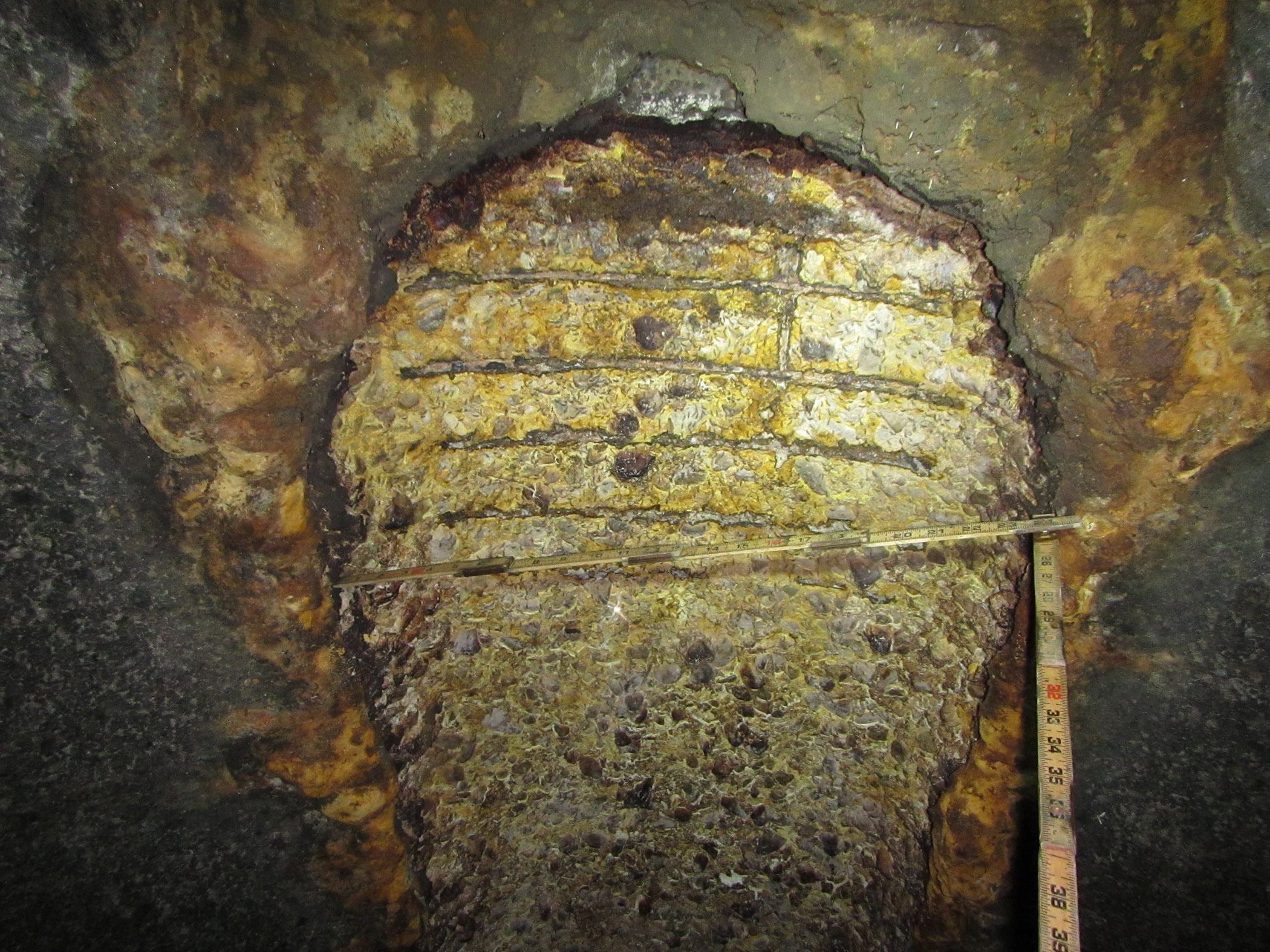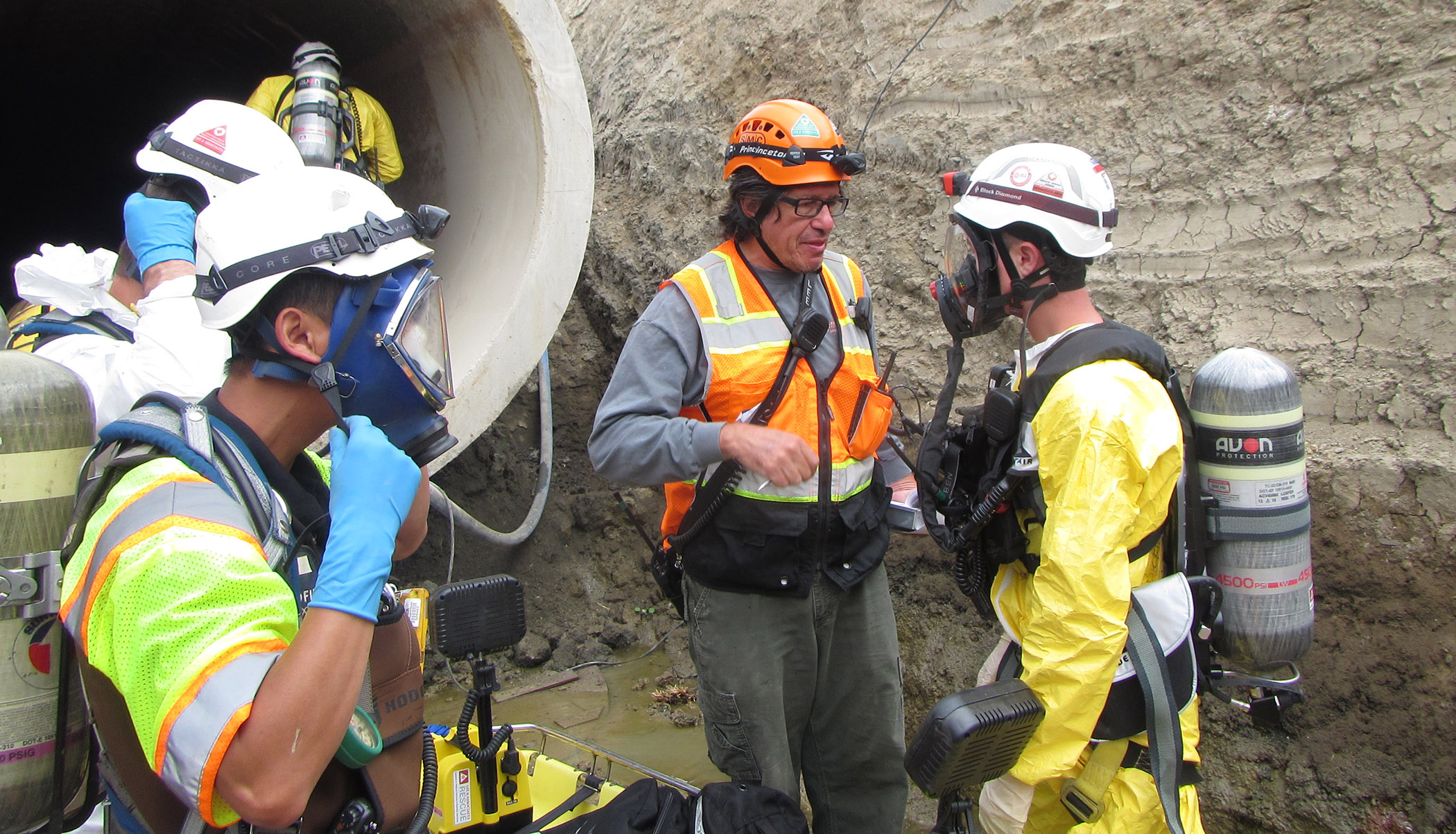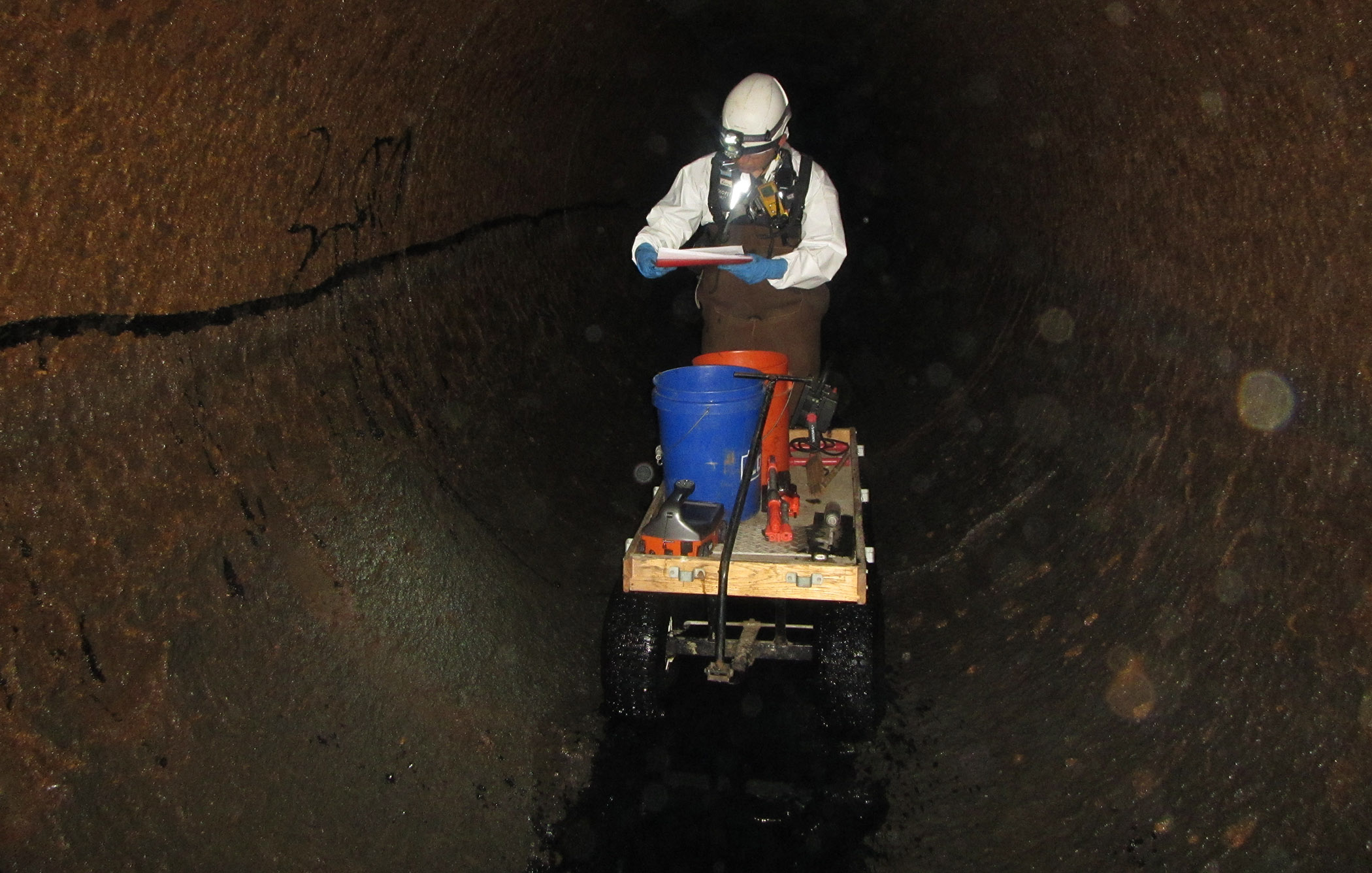Electric Street Cars date back to the 1880s when the Richmond Union Passenger Railway successfully tested the first electric train in the United States. By the early 1900s, electric rail cars experienced a rapid expansion. Today’s light rail transit (LRT) systems provide an economical method to reduce traffic congestion.
Most LRT systems are powered electrically. Substations with DC (direct-current) rectifiers supply electricity to the train through an overhead cable via a trolley or a pantograph. It was quickly realized in the early days of DC transit systems that both the transit utility structures and nearby buried utilities were experiencing rapid corrosion and premature failures. These failures were due to stray currents that followed an unintended path. Current passing through the motors in a train are intended to return to the substation via the rails. However, current can get off the rails and once in the earth, the current may take many paths, including nearby metallic pipelines. Stray current (sometimes called “leakage currents”—i.e., unwanted, non-designed currents) can cause rapid corrosion of buried utilities near transit systems. Stray-current corrosion occurs at the point where the current leaves the pipeline.
Utility owners that have buried utilities in the vicinity of DC transit systems should be aware of possible stray current corrosion that may be occurring on their pipelines. The best defense against stray current corrosion is making sure the transit system owner maintains their system and the utility owner does pipeline testing to verify if they are experiencing stray current corrosion.
The agencies we have worked with include Santa Clara Valley Transportation Authority (VTA), the Bay Area Rapid Transit (BART), Sacramento Regional Transit, San Diego Metropolitan Transit System, Long Beach Transit, Denver Regional Transit District, Utah Transit Authority, and the Houston Metropolitan Transit Authority.
Our scope of work includes the design of stray current mitigation and testing systems, construction acceptance testing, testing during pre-revenue operations, establishment of maintenance programs, working with utility owners to mitigate stray current corrosion, and training of transit personnel to enable the transit agencies to perform long-term maintenance.
For over 25 years, V&A has worked with transit districts and utility owners and completed multiple transit corrosion engineering projects totaling over $1M in fees. Our corrosion engineers are familiar with transit systems and the consequences of stray current corrosion.














